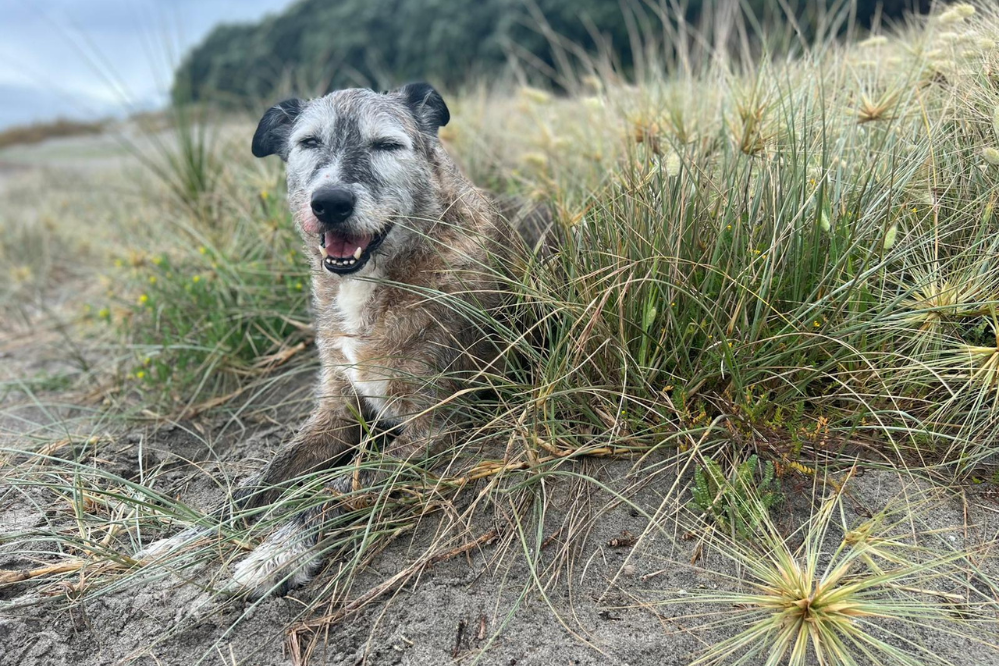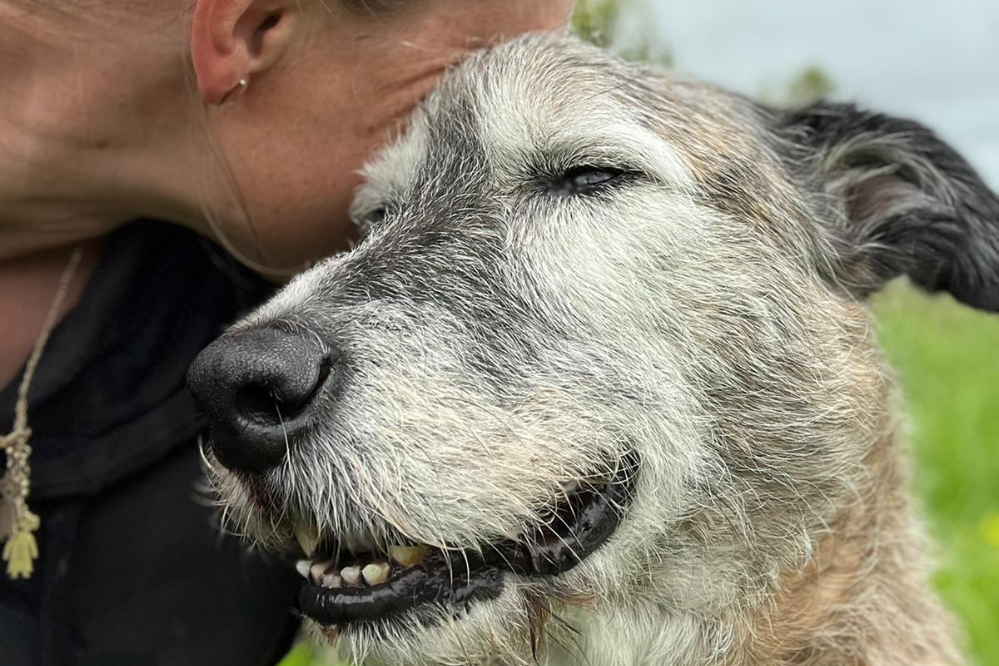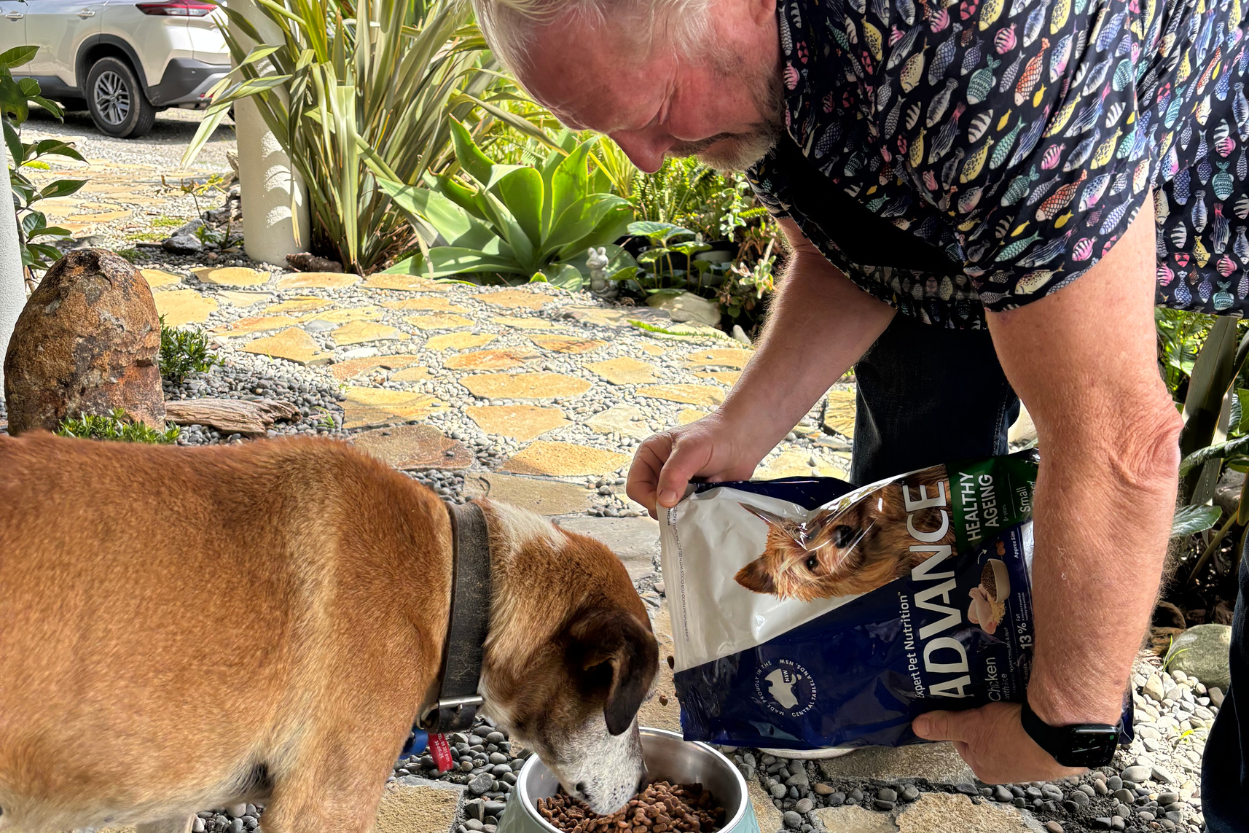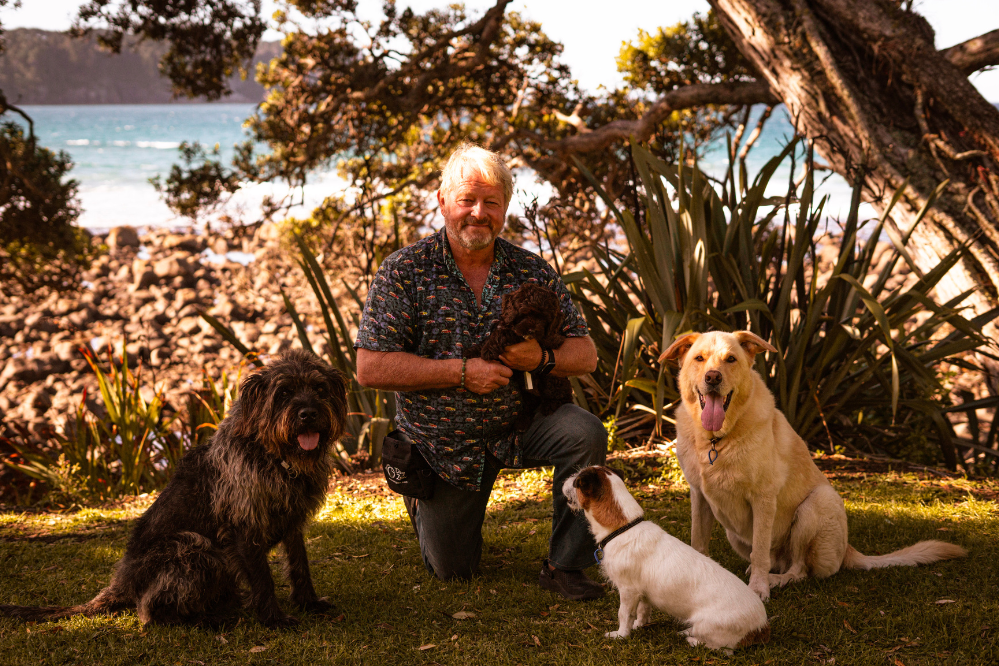How to help your dog live longer (and love their golden years!)
Practical ways to keep older dogs happy, healthy, active and part of our lives for longer


Practical ways to keep older dogs happy, healthy, active and part of our lives for longer


October 17, 2025

I think we can all agree…dogs are just about perfect. Their only fault is that they leave us too quickly 😢
When I think back to all my best mates across the years…Hercules the famous “bugger” dog, Monty the Driving Dog, Reggie the Flying Dog and Tommy the adorable little rascal (plus many others) - what would I give for another month, week or even single day with them? To see their cheeky faces, bury my face in their fur, go for another walk along the beach, come home to those wagging tails and wriggling bodies, curl up together in the evening…
So this article is about how we can help our dogs stay in our lives just a little longer AND have a wonderful quality of life in their senior years. After all the loyalty, joy, and unconditional love they give us - they certainly deserve our support through the changes that come with age.
Dogs usually begin entering their “senior” stage around the age of seven, though this varies with breed and size. Larger dogs often show signs earlier, while smaller breeds may stay sprightly for longer. All going well, many will live past 12 and I had one called Jessie (a beautiful heading dog who worked with Tom Cruise on the Last Samurai…in fact he wanted to take her home!) and she lived to 21 years old…I loved that dog!
Ageing brings both physical and behavioural changes. You might notice greying muzzles and softer eyes, slower movement or stiffness (especially after rest), changes in appetite, weight fluctuations, hearing or vision loss, or dental issues. You might also notice differences in behaviour—more time spent sleeping, reluctance to join in on high-energy activities, increased sensitivity or restlessness, changes to the way they interact socially, or occasional confusion as cognitive function declines.
Recognising these shifts allows us to adapt how we care for them, keeping them comfortable and engaged.

There is so much we can do to contribute to our dog’s longevity and help them thrive in later life.
A holistic plan is always the best - encompassing physical, mental and emotional health.
A comprehensive study has revealed that social interaction can extend your dog’s lifespan! Engaging with other dogs and humans provides emotional security, companionship, and mental stimulation which all contribute to overall wellbeing. This will not only prolong life, it will also provide a higher quality of life for your dog.
Set up regular play dates with other dogs, visit off-lead dog parks, enrol in training groups or a club, include your dog in family activities and take your dog along with you on outings whenever you’re able. As a bonus, many activities like this will also lead to more social interaction for YOU, which is just as beneficial to your quality of life and longevity!
Social interaction was found to be five times more effective in prolonging life than factors like the owner’s socioeconomic status - pretty incredible right?
Nutrition is one of the most powerful tools we have to support our dogs as they age and contribute to their longevity.
A senior dog’s needs are different from those of a puppy or young adult. They require diets that are highly digestible, support joint and brain health, and help maintain an ideal body weight.
I personally recommend the ADVANCE™ Senior 6+ Healthy Ageing range. It has a moderate fat content to help maintain a healthy weight, which is one of the most important factors in supporting longevity. It also includes Omega 3 DHA and choline to help maintain your dog’s brain function as they age, along with green-lipped mussel powder (a source of glucosamine and chondroitin) to support mobility and comfort in those ageing joints.
Overall, I consider it a great balanced option. I currently feed my boy Awa the ADVANCE Active range - given he’s a young working line dog. But when he enters his senior years, this is the formula I’ll be switching to.
The ADVANCE kibble is also cleverly designed to reduce plaque and tartar build up, which can become a significant issue in older dogs - poor oral hygiene is linked to heart, kidney, and liver disease. But if your older dog’s teeth and gums are already deteriorating, you can soak the kibble in warm water or low salt broth to soften them and provide additional hydration.
If you’d like to try the food I recommend, you can get 30% off the entire ADVANCE dog food range with code MARKVETTE30 - shop here. *

Schedule regular check-ups to monitor health and prevent potential issues - particularly if you see a sharp decline or a sudden behavioural change, as this may be caused by pain, cognitive issues or a decline in your dog’s senses. One of the most effective ways to extend your dog’s lifespan is by catching health issues early, so stay on top of those maintenance vet visits in the latter years.
As your dog ages, regular, low-impact exercise (like gentle walks or swimming) can help prevent obesity, keep joints supple, and maintain muscle strength - helping your dog live longer, and also feel much more comfortable as they age. Just don’t overdo it! Short, frequent walks are preferable to more strenuous outings, and walk at your dog’s pace, allowing plenty of time for sniffing. Visit different locations to keep things interesting - new sights, sounds and smells add to the variety in your pet’s life as the brain and body slow down.
Engaging your dog’s brain helps prevent boredom, uses up energy in a gentle way, and may delay cognitive decline, keeping them sharper for longer. Some ideas include:
Olfaction (the sense of smell) is often the last of the senses to deteriorate, and it’s also your dog’s most powerful sense - so really take advantage of this when providing activities for your older dog. Any activity involving scent (even just a walk in a new place!) will provide amazing stimulation.
It goes without saying, lavish your older dog with love and affection. These years when they slow down are a wonderful opportunity to spend more quiet time just sitting together in close contact. Offer gentle strokes and massages to provide calm relaxation and physical relief. Dogs thrive when they feel cherished (don’t we all?).
For me, my dog’s senior years are a time to give back and reward them for their unwavering and unconditional love. Though they slow down, they still adore us and relish being a part of our lives - and I also enjoy the peaceful energy an elderly dog brings to the home.
Though they will never live long enough, we can strive to give them the happiest, healthiest, longest life possible!

This content is created in partnership with ADVANCE dog food.
*Discount offer is available until March 31st 2026.